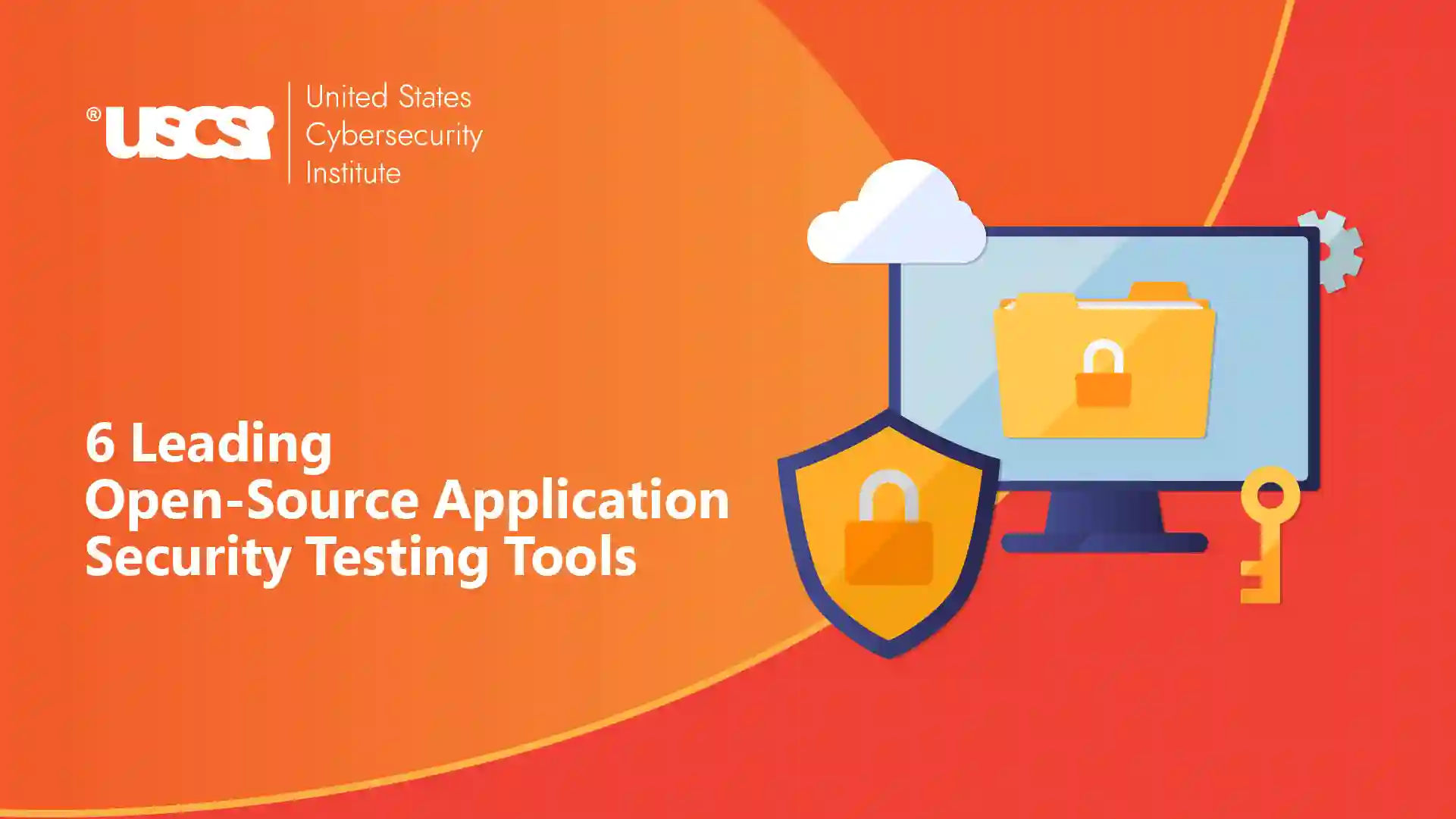

Best Open-Source Application Security Testing Tools
The open-source application security testing tools offer great convenience to cybersecurity professionals looking for effective ways to test security and make it accessible for everyone.
All organizations, big or small, use a variety of applications and it becomes essential to implement security testing, especially in the software development lifecycle, to ensure those applications are safe from different kinds of cyberthreats.
Apps are one of the most lucrative targets for cyber criminals. According to Digital.ai, 83% of client-side applications monitored by them faced a cyberattack. Another report by Fortinet highlights 43% of organizations are planning to consolidate app security tools which can cut costs and improve efficiency, while 58% are concerned with API Security.
In these cases, the role of open-source security tools becomes highly important. So, let us explore the best tools you can use to enhance security for your apps.
Why use open-source application security testing tools?
Open-source application security testing tools are very cost-effective and offer several other advantages as well. They are powerful yet do not require explicit licensing fees for commercial software. Most importantly, they are backed by active communities so that you can enjoy continuous updates, peer-reviewed codes, and identify vulnerabilities faster.
Another advantage is, they are highly customizable which helps software developers to customize these testing tools as per their specific needs and integrate them into their CI/CD pipelines. Being open-source and used widely by millions of software developers and cybersecurity professionals, it also provides shared learning in the security community, which further enhances the security posture of applications.
Top Application Security Testing Tools
So, here are some of the most widely used and popular open-source cybersecurity tools for application security testing for your consideration:
-
Semgrep
It is a static application security testing (SAST) tool that can identify patterns and vulnerabilities in the source code. Semgrep can easily understand the syntax and code structure to provide more accurate and context-aware searches. It is highly flexible, and developers can write custom rules in the same language as the code they are analyzing.
Pros:
- Can be easily integrated into existing workflows
- Scans quickly than other code analysis tools
Cons:
- Prone to generating false positives and can even miss vulnerabilities
- Open open-source version doesn’t have a GUI
-
SonarQube
SonarQube is another popular open-source platform used for continuous inspection for code quality. It can be used to identify bugs, vulnerabilities, and code smells in a wide range of programming languages. By integrating it with CI/CD pipelines, developers and testers can get a detailed static code analysis to execute coding standards and improve code maintainability.
Pros:
- Automatic scanning of vulnerabilities
- Creation of custom plugins
Cons:
- Free tier has limited scanning and capabilities
-
OWASP Dependency-Check
This is a software composition analysis (SCA) tool helping developers and security professionals identify known vulnerabilities in project dependencies.
It can effectively scan project files like Maven POM or npm package.json and match the components against the National Vulnerability Database (NVD). Thus, developers can easily detect and remove third-party libraries with reported security issues.
Pros:
- Easily integrates with NVD and offers the latest information on known vulnerabilities
- Has a user-friendly interface and offers detailed reporting
Cons:
- Identifies only known vulnerabilities and not zero-days
- Significant time and effort are required to master all features of this tool
-
SQLmap
It is basically a penetration testing tool that excels in finding and exploiting SQL injection vulnerabilities in APIs or web applications. It can automate advanced injection techniques such as error-based, time-based, Boolean-based, and union-based to detect flaws in database interactions.
It supports databases like MySQL, Oracle, PostgreSQL, SQLite, and others to extract data or gain access to system files. It can be operated using a command-line interface and can also be integrated with other security testing tools.
Pros:
- Can rapidly identify SQL injection vulnerabilities and exploit them
- Can be used across different database management systems
Cons:
- Difficult to use as it is driven by command lines
- Users need to have a strong knowledge of SQL injection techniques to use it effectively
-
Nmap
Nmap is a versatile network scanning tool that is used for security auditing, network discovery, vulnerability assessment, and more. you can use it to detect live hosts, open ports, services, operating systems, etc., by using techniques like TCP/UDP scanning, stealth scanning, OS detection, and version identification.
It has a powerful feature called Nmap Scripting Engine that lets users automate complex tasks like vulnerability scanning and detecting malware.
Pros:
- NSE scripts enable automation of advanced and customized scanning tasks
- Strong community support with regular contributions of new scripts
Cons:
- Greater expertise is required for advanced use and scripting
- Aggressive scans can affect normal functioning by triggering defense and disrupting systems.
-
KICS by Checkmarx
This open-source static analysis tool can detect security vulnerabilities, compliance issues, and any misconfigurations in Infrastructure as Code (IaC) templates. As it supports numerous platforms such as Terraform, Kubernetes, Docker, CloudFormation, Azure, ARM, Ansible, Helm, among others, and has over 2400 built-in queries, it naturally becomes a preferred tool for cybersecurity professionals and developers. It also offers greater coverage and can be easily customized according to the organization’s specific policies.
Pros:
- Provides complete coverage to identify vulnerabilities and misconfigurations
- Huge community contributions to benefit from
Cons:
- Prone to generative false positives and may require manual reviews
- It can be resource-intensive to maintain custom rules to stay abreast of evolving threats.
The Final Note!
These are not the final ones. Apart from these widely used security tools, you can also find several popular application security testing tools such as TruffleHog, OWASP Amass, Trivy, ZAP, and many more.
These are ultimately designed to identify vulnerabilities in the software development lifecycle and even deployed applications so that prompt action can be taken to minimize vulnerabilities and prevent exploitation.
With proper training, careful selection, and cybersecurity certifications, software developers and security professionals can leverage these open-source tools to enhance their application security measures and build a secure app with minimal threat.





